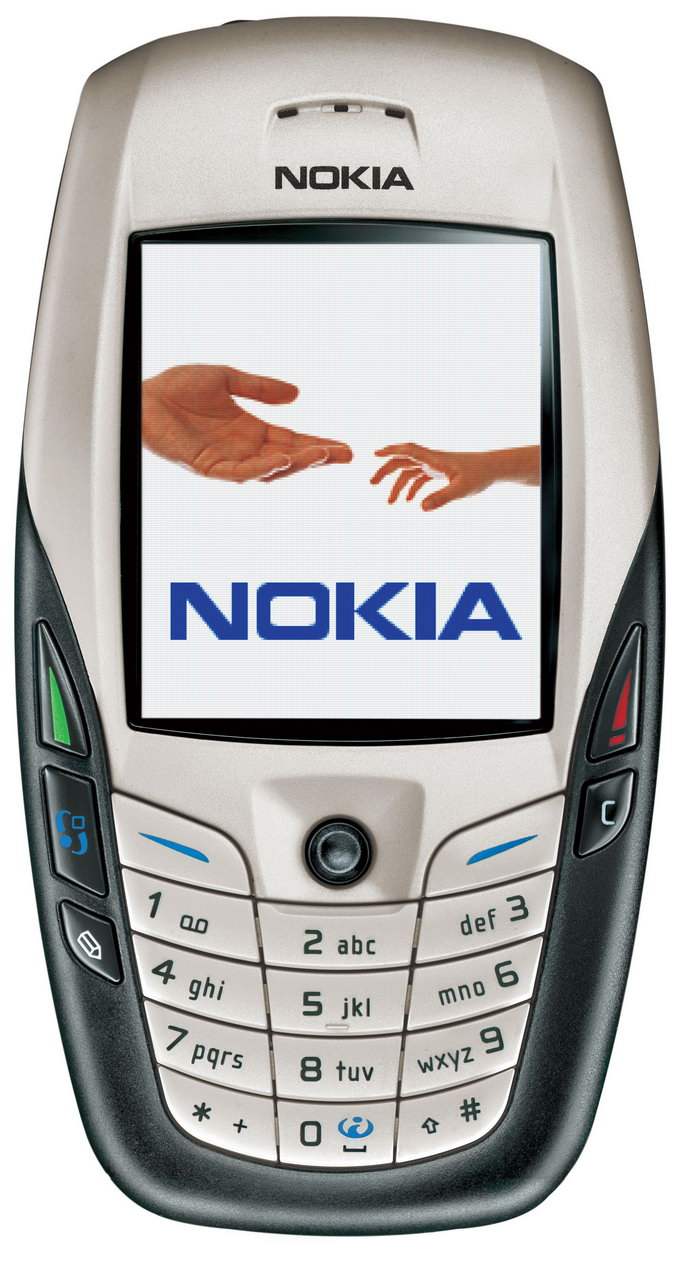With the official freeze of the first full version of the 5G standard, the communications industry has entered a new phase of full sprint. The 5G era is coming, and it is known that it will bring us a faster network. From 1G to 5G, 30 years of floating and sinking, what changes have indian’s communications industry experienced? theencarta brother will help you with a trip.History of communication changes
1G: “Big Brother” is rampant
In 1986, the first mobile communication system was born in Chicago, USA, using analog signal transmission. The analog type represented the use of analog FM modulation in wireless transmission, converting the voice between 300Hz and 3400Hz to the high frequency carrier frequency MHz. . 1G can only be applied to general voice transmission, and the voice quality is low, the signal is unstable, and the coverage is not comprehensive enough. In November 1987, Guangdong Province opened the country’s first mobile communication network.
Analog communication systems have many drawbacks, such as serial number and hacking. Officially closed in 1999.
2G: The era of Nokia’s rise
By 1995, the new communication technology was mature, and under the guidance of Chunghwa Telecom, the company officially bid farewell to 1G and entered the era of 2G communication. From 1G to 2G, it is from analog modulation to digital modulation. In comparison, second-generation mobile communication has a high degree of confidentiality, and the capacity of the system is also increasing. At the same time, mobile phones can also access the Internet from this generation.
The quality of 2G sound is better, and the data transmission service is more than 1G. The data transmission speed is 9.6 – 14.4Kbit per second, and the earliest text message starts from here.

3G: CDMA is popular
As the demand for mobile networks continues to increase, third-generation mobile communication networks must develop new standards on new spectrum and enjoy higher data transmission rates.
Under 3G, with high-bandwidth and stable transmission, video telephony and large-scale data transmission are more common, and mobile communication has more diverse applications, so 3G is regarded as an important key to open a new era of mobile communication.
China issued a 3G license on January 7, 2009.
4G: Wireless Cellular Phone Protocol
4G refers to the fourth-generation wireless cellular phone communication protocol, which is a technology product that integrates 3G and WLAN and can transmit high-quality video images and image transmission quality comparable to that of high-definition television. The 4G system can download at 100Mbps, which is 2000 times faster than dial-up Internet access, and the upload speed can reach 20Mbps.
In December 2013, the Ministry of Industry and Information Technology announced on its official website that China Mobile, China Telecom and China Unicom will issue the “LTE/4th Generation Digital Cellular Mobile Communications Service (TD-LTE)” operating license, which is also a 4G license.
5G: High reliability experience
5G exhibits low latency, high reliability, and low power consumption. It is no longer a single wireless access technology, but a variety of new wireless access technologies and existing wireless access technologies (4G backward evolution technology). The general name of the integrated solution.
It can be seen that the huge terminal access, data traffic demand brought by the Internet of Vehicles and the Internet of Things, and the wide variety of application experience enhancement requirements have promoted the research of 5G.

